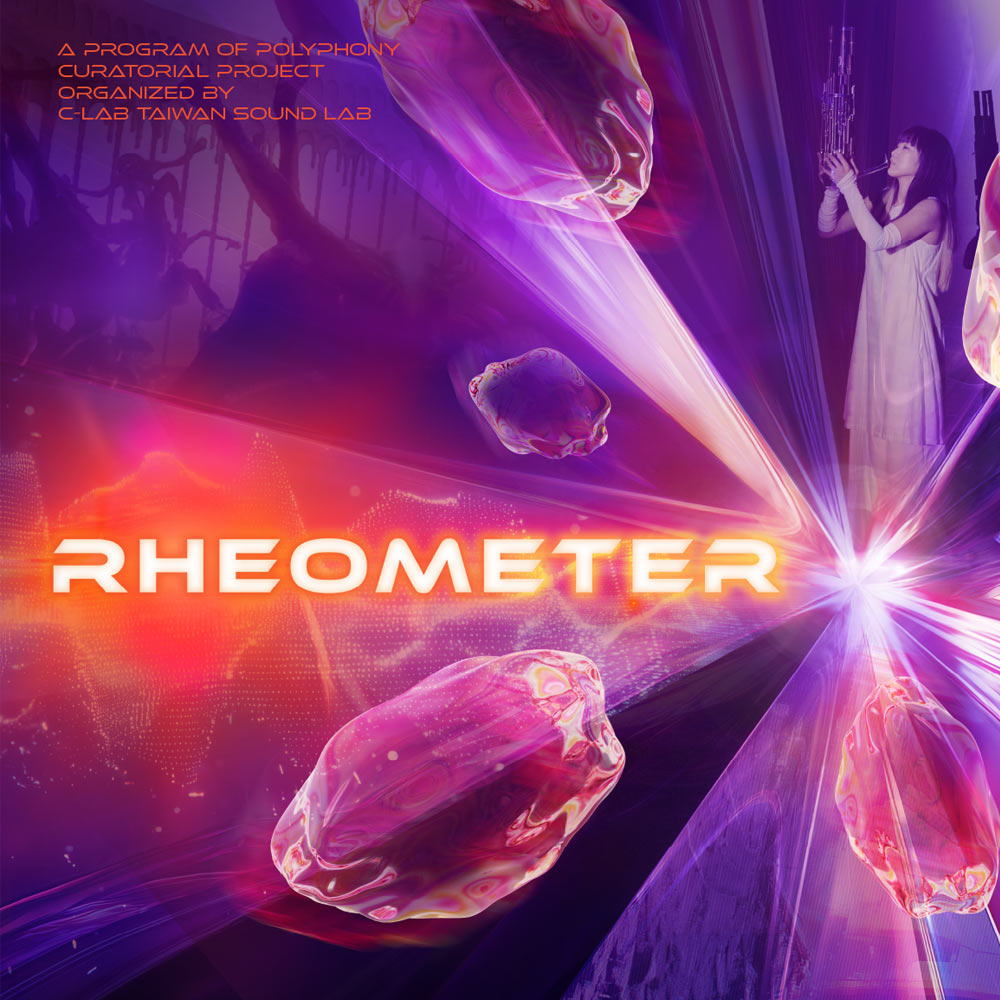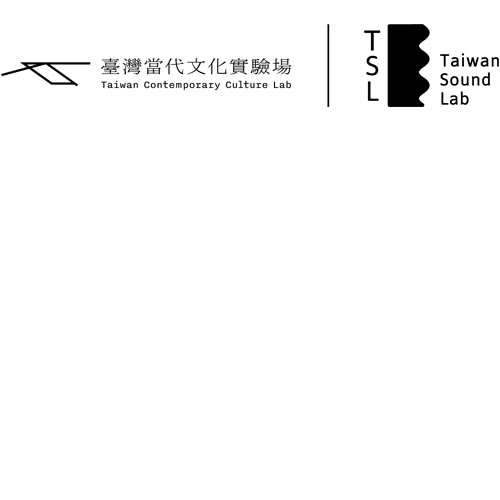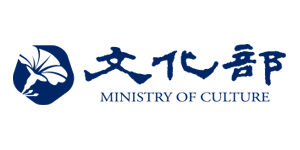Nai-Chuan Cheng (TW)
Eternal Overture Before the Darkness
Everyone in life will inevitably encounter death. If we view death as another beginning, then our current existence is like playing an overture for this major event. Eternal Overture Before the Darkness (2025 / 15 min) asks:
Is it a brilliant, vibrant spark?
A lasting, eternal radiance?
An extravagantly dazzling shine?
A somber, shadowed silence?
Or a colorless, tasteless solitude?
Before this dim world (death) begins, what have we left behind?
What kind of spirit is profound enough to invite deep reflection, to leave something eternal?
Perhaps, we are all merely small fragments in the grand cycle of the universe.
Credits: Lighting: Han-Sheng Lin (TW); performer: Kai-Ting Chang (TW)
Li-Hsin Shyu (TW)
Gestures of Will
The structure of this work titled Gestures of Will (2023 / 10 min) is A B C D C’ D’ B’ A’. In section A, the mouthpiece is removed, producing air sound that represents the thoughts in the mind, or the sound of air and blood flowing in the human body; the noise is the sound of heart-wrenching. Section B comprises multiphonics and overtones of the saxophone, along with electronic sound based on multiple layers of pre-recorded sounds of saxophone, to present a vibrant will of life. Section C employs an atonal pitch design, representing the true freedom of the will achieved in the game of self. Section D is relatively static, like a gesture of life that progresses layer by layer, tranquil, far-reaching, and ever-blooming.
Credits: Performer: Ping-Hung Huang (TW)
Chih-Yun Wang (TW), Ping-Sheng Wu (TW)
Superimposed (s, t)
The work titled Superimposed (2025 / 15 min) explores how perceptual experience flows between digital and instrumental music. Two artists (an audio-visual artist and a composer) seek to transform the denominator of their mutual resonance based on their respective imagination of music, sound, light, signal, and space.
The core concept revolves around how connections are established between “mediations.” With electronic sounds trying to directly convey the emotions of instrumental music and the latter being empowered with dynamism by borrowing the structure of electronic media form, this is a process of “becoming each other” that allows for expanding, beyond sampling, real instrumental sounds as the work’s elements. Furthermore, the subtle sounds and body motions produced during each music performance are captured; the latter become reference data for the digital processing of the electronic sounds.
With the data of sounds and gestures in performing, a virtual parallel space from the past beyond hearing emerges from the visual, activating the current music sounds/music “space” of the performer on site. Multiple deconstructions and reconstructions of perceptions and body memories in different time-spaces take shape through the flow of common signals between instrument sound, sounds, and images.
Note: In the title, “s” and “t” indicates “Interwoven Sound” and “Superimposed Time” respectively.
Credits: Performer: Kai-Ting Chang (TW)
William Kuo (TW)
rustfruit
rustfruit (2025 / 10 min) is a work of xenological sound design, constructing an alien auditory ecosystem where the familiar laws of acoustics dissolve into an unsettling other. It is an autonomous, self-modifying system that behaves less like a composition and more like an emergent organism. Stochastic triggers that induce environmental shocks allow the system to learn and interrogate its constraints before reaching critical states of transformation.
Drawing inspiration from the parasitic fungus cordyceps—which infiltrates, manipulates, and ultimately consumes its host—the piece explores fragile interdependencies of sounds that are present, absent, implied, and imagined. Here, feedback behaves as a primitive metabolic process, its instability mimicking the pulsed infrasound signaling of some silicon-based mycelium. By allowing the system to govern its own decay and rebirth and by encouraging feral signal behavior, *rustfruit* reflects on the inevitability of cyclical disruption and the resilience (or fragility) of interconnected forms.
Chia-Hui Chen (TW)
Réplisome IV
Réplisome is a series of works for solo instrument and electronic sound, inspired by the differentiation of a single cell. The piece Réplisome IV (2025 / 12 min) maps this process into four stages—“Gene Alignment,” “Blurred Exoplasm,” “Endoplasmic Components,” and “Clarified Exoplasm”—ultimately branching into multiple, distinct evolutionary paths. While paying homage to deep-rooted traditions, the work boldly explores the frontiers of contemporary sound. In it, the sheng and symphony orchestra is foregrounded, then real-time electronics and artificial-intelligence layers are threaded together into a multi-dimensional sonic tapestry.
Thanks to its rich overtones and sustained harmonies, the sheng serves as the timbral nucleus. A multichannel sound field captures, transforms, and extends its resonance in real time, shaping a fluid, three-dimensional space while preserving the performer’s acoustic outline. In designated sections, Artificial Intelligence becomes an improvising partner: trained on recordings of the sheng and the orchestra, the AI reimagines melodies, textures, and rhythms live. Its responses—sometimes tightly aligned, sometimes purposefully divergent—inject unpredictable conversational energy into the ensemble and the hall. This organic interweaving of human and algorithm raises fresh questions around the meanings of “creator” and “life” within music.
Credits: Performer: Li-Chin Li (TW)
XTRUX [PO-JUI SU (TW), CHEN-EN CHIU (TW), CHUN-CHUEH LEE (TW), CHUN-WEI TSENG (TW)], YUNG-JEN HUANG (TW)
Boulder
Boulder (2024 / 15 min), is an audio-visual performance about labor, the juxtaposition of artificial/natural, organic/inorganic, and is built on a game engine. Using this technology, XTRUX created virtual worlds where non-player characters (NPCs) project the figures of real-world laborers, who wander, push boulders, and move around, just as they do in real life. Spectators experience this “Sisyphean asceticism” with the NPCs as they move through a seemingly endless cycle. Through the game engine, computer music, and immersive sound technology, Boulder attempts to deconstruct and reconfigure these contemporary issues, providing a field for modern people to rethink their existence and guiding the audience to move between technological narratives and bodily perceptions.
XTRUX has long been concerned with the changes in contemporary perception due to the iteration of digital identity and video tools and often explores the current state of human perception through the interactive debate between the virtual and the real. Together with sound artist Yung-Jen Huang, they reassemble the sound of industrial machinery and digital glitch to fragment and recreate the compression of modern social life and engage in a dialogue between the real-time computed audio and the ever-present boulder imagery in the work. Is what they are seeking just another form of “pushing boulders”? Just like Sisyphean’s continuous reincarnation, they seem to be pushing towards an indeterminate endpoint, and perhaps this process itself is where the meaning lies.

Rheometer Concert by C-LAB Taiwan Sound Lab / C-LAB Taiwan Sound Lab - Photo: C-LAB Taiwan Sound Lab
Concert
Rheometer Concert by C-LAB Taiwan Sound Lab
Curated by C-LAB Taiwan Sound Lab
C-LAB Taiwan Sound Lab (TW)
Anton Bruckner University, Sonic Lab
Sat 6. Sep 2025
16:00
–
17:30
Ticket //
FREE / No Ticket
-

C-LAB Taiwan Sound Lab
Taiwan Contemporary Culture Lab (C-LAB) was initiated in 2018 by the Taiwan Living Arts Foundation of the Ministry of Culture. With “innovation” as its core concept, it aims to create an innovative experimental base for the future. Its Taiwan Sound Lab cultivates talents, develops and applies new technology of sound art, and innovates and produces cross-domain technologies. It also collaborates with various domestic and foreign institutions to explore new possibilities in technology and art.
